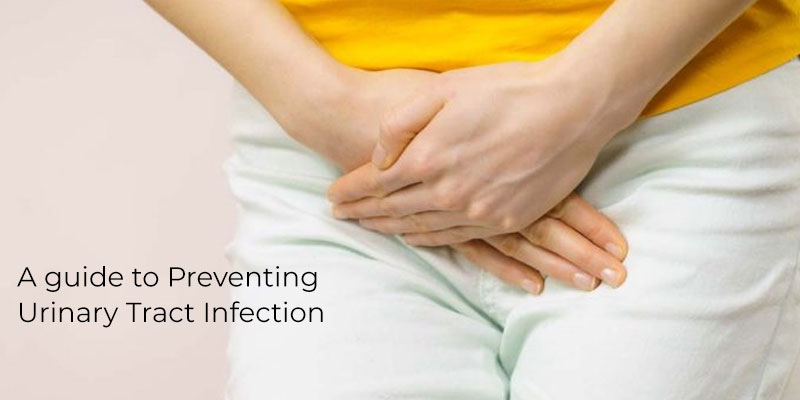Try These Yoga Poses to Keep Your Joint Problems at Bay
People who suffer from arthritis,
or any other joint problem, are recommended to indulge in physical activities
on a daily basis so as to maintain flexibility and muscle tone as well as to
keep their weight under check. Joint problems can affect people of all age
groups and the activity level for each varies. While it can be slightly
confusing to decide which activities are good for you and which are not, the best doctors in India suggest that yoga is something that can benefit people
of all age groups.
Yoga is an umbrella term used for
a wide spectrum of exercises that focus on your physical, mental and spiritual
well-being. Research has shown that yoga can effectively help to curb various
joint-related problems as well as strengthen your body to deal with the same.
As your age advances, you become more vulnerable to joint-related problems. A
stagnant lifestyle and weak bone structure also add to these problems. While
medicines can give you temporary relief from the pain, alternative treatments
like yoga can help to eliminate the pain altogether. Even doctors from the
leading orthopaedic treatment hospital in India recommend yoga to
their patients.
5 simple yet effective yoga
poses:
If your joint problems are
limiting your daily activities and preventing you from enjoying your life to
the fullest, you should definitely try these yoga poses:
·
Veerbhadrasana - Also known as the Warrior pose,
it is extremely good for strengthening your knees. People undergoing knee replacement in India are often recommended to try this pose. It is
quite effective in treating frozen Shoulders as well. It helps to release
stress from the joints and improve your body's balance. Veerbhadrasana is also
known to increase the strength of the quads, glutes, shoulders, ankles and
spine.
· Dhanurasana - Also referred to as Bow pose, it
helps to stretch your spine and shoulders in the right way. This not only helps
to relieve pain but also increases muscle strength. Dhanurasana is very good
for increasing the flexibility of your back and relieving unnecessary strain
and stress.
· Setu Bandhasana - Commonly referred to as the
Bridge pose, it is highly recommended to patients suffering from osteoporosis,
which is the condition marked by loss of bone density. Setu Bandhasana helps to
calm down and relax your body. The pose is also helpful in strengthening knee
joints.
· Trikonasana - Also known as the Triangle pose,
it helps to relieve strain from your hamstrings, groin area and hips, and
stretch them. This is quite effective in treating problems like sciatica and
back pain. Trikonasana is also good for your lower limbs, especially knees and
ankles.
· Ustrasana - Commonly known as the Camel pose,
Ustrasana can help to treat back and shoulder pain. The pose is known to
enhance spine flexibility as well as improve posture.
While some people believe that
yoga is quite gentle and may not have any significant physical benefits, it is
important to understand that unlike other regress exercises, yoga is less
stressful on the joints. Practising it daily can help to enhance muscle
strength and improve joint flexibility. It is one of the best and the easiest
ways to stay fit naturally. There are hundreds of different poses that you can
choose from.
It is better to avoid poses that
involve the bending of your joints more than 90 degrees. Some poses like
Kundalini and Ananda can be difficult for people suffering from arthritis as
these involve lengthy meditation sessions. Though yoga is very beneficial, it
is highly recommended to avoid poses that hurt. It is important to be well
aware of all the poses that you are performing and how they are going to affect
you. You can always take help from a specialist for any kind of guidance and
assistance.




orthopedic issues become common after you attain the 50 years of age. Your bone densite starts declining and the worst part is that you stop enjoying the tasks that you may have enjoyed earlier.
ReplyDelete